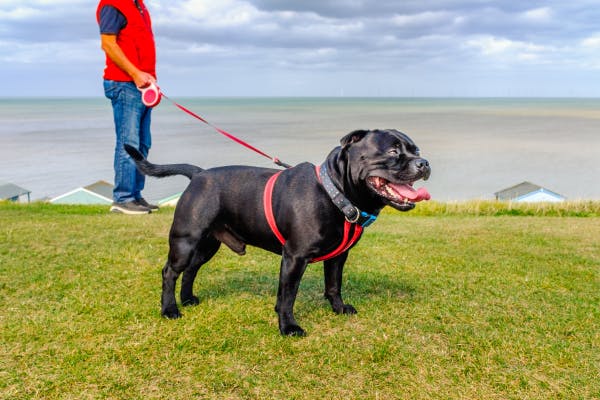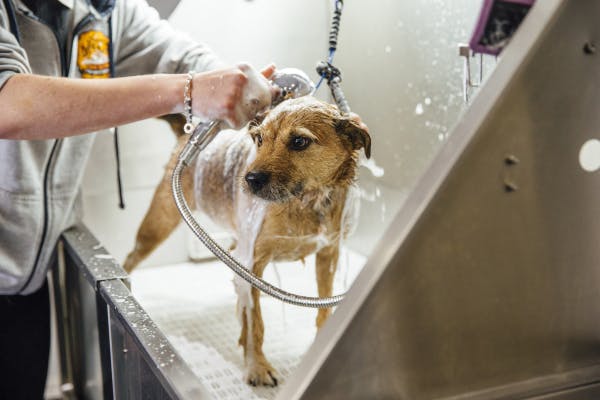#1 — Bayer K9 Advantix II for Extra Large Dogs
 Bayer K9 Advantix II for Extra Large Dogs
Bayer K9 Advantix II for Extra Large Dogsproduct rating:
- our rating88 out of 100
K9 Advantix II for Large Dogs is a flea medicine that vets trust. It keeps your dog safe from five pests. These are fleas, ticks, mosquitoes, biting flies, and lice. This treatment is special because it kills and keeps away these pests. The product starts working fast, getting rid of fleas on dogs within 12 hours of the first use.
The special mix in K9 Advantix II stops flea life cycles by killing adult fleas before they can lay eggs or bite your dog. Pests can make your dog uncomfortable and might give them diseases. It's important to use K9 Advantix II every month to keep your dog healthy. The treatment is easy to use, doesn't smell, and becomes waterproof after 24 hours. It's made just for large dogs that weigh between 21-55 lbs and protects them for a full 30 days.
Where to buy in U.S.A:
Price range:
What we like:
- Prevents future infestations
- Reduces disease risk
- Kills fleas within 12 hours
- Guards against five pests
What could be better:
- Not for all dog sizes
- Can cause reactions














